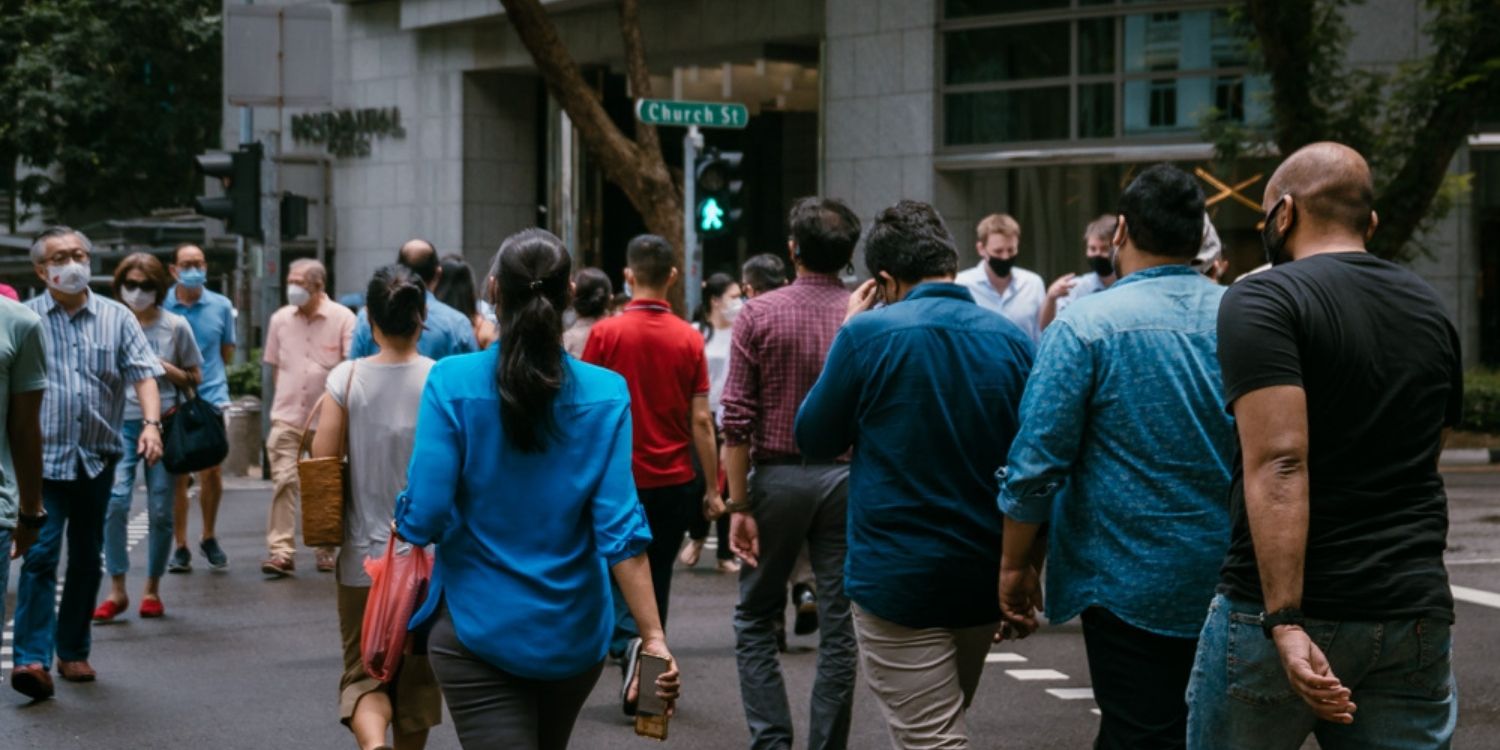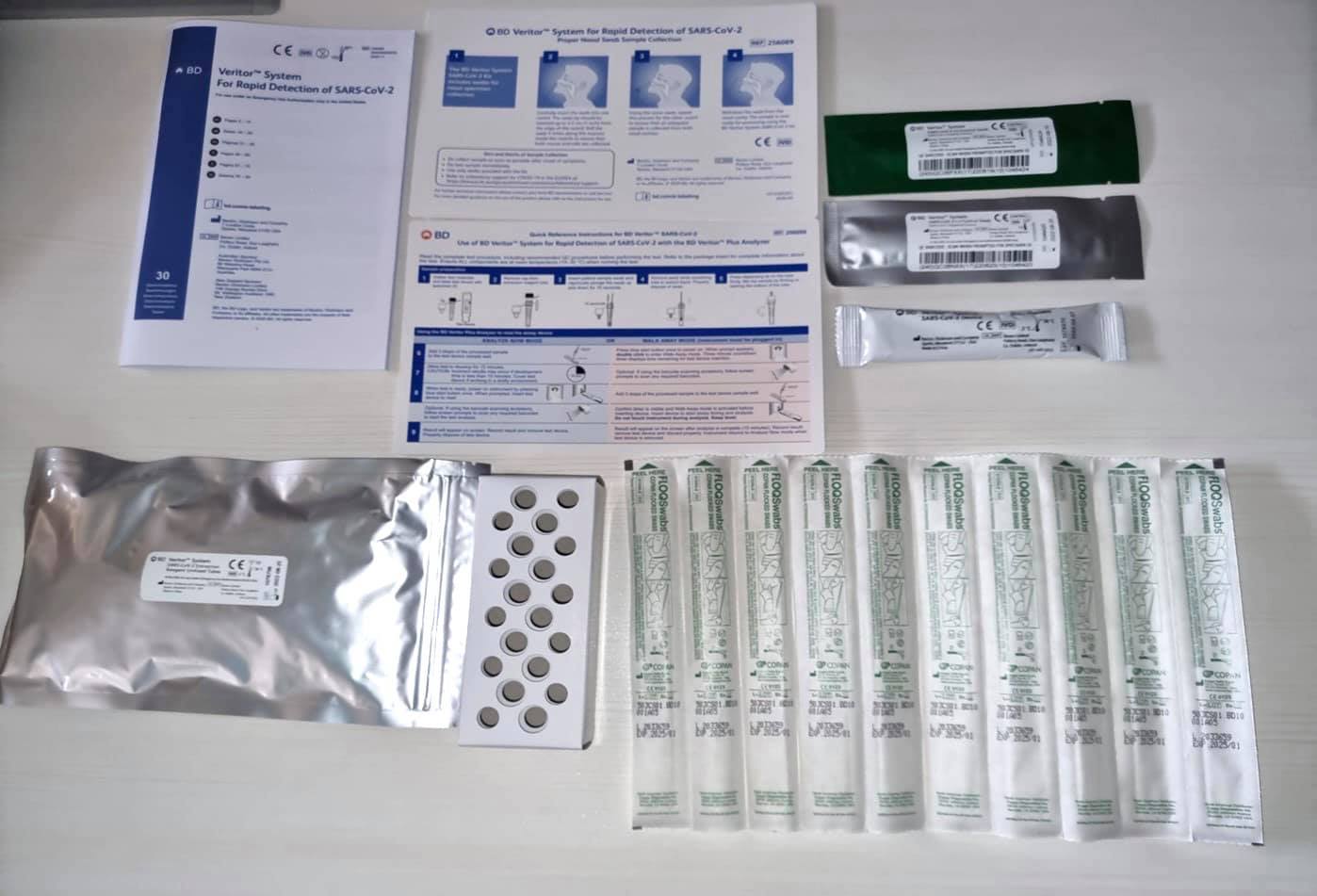Those Who’ve Been To Hotspots Advised To Monitor Their Health
Most Singaporeans might remember when the Ministry of Health (MOH) used to publish daily lists of places visited by Covid-19 cases.
This practice was stopped in Jun, as Singapore was said to be moving into a new phase of battling the pandemic.
However, some may be glad that a map of areas frequented by infected people will be released from 1 Oct.
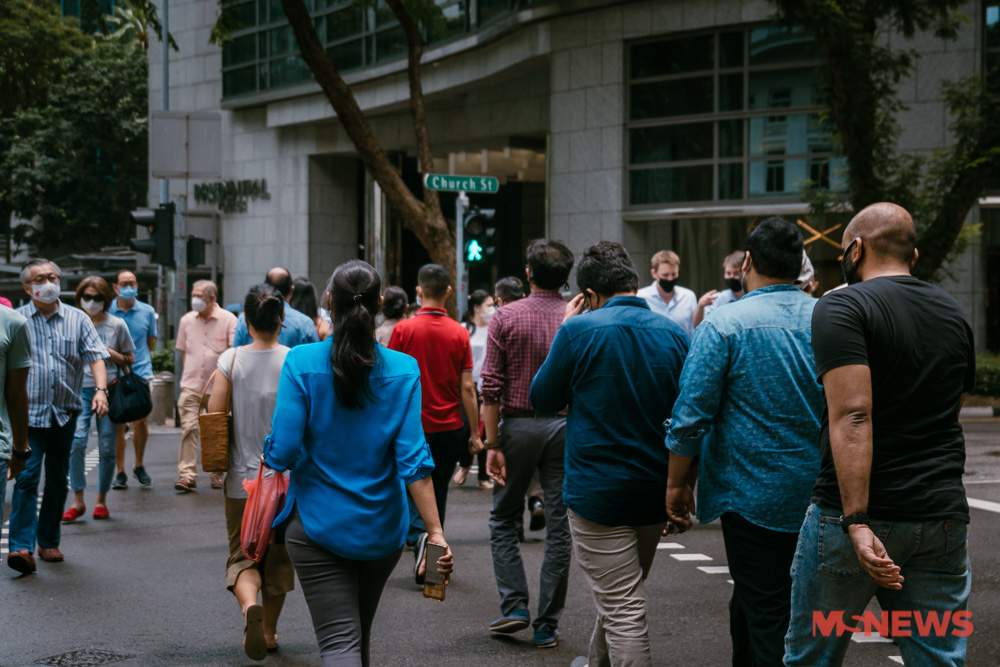
This is meant to guide people as we’re out and about.
Daily cases set to hit 3,200 in next 2 weeks
In a press release on Friday (24 Sep), MOH noted the exponential rise in daily cases since the end of Aug.
If the current trajectory continues, Singapore can expect to hit 3,200 cases and beyond per day within the next 2 weeks, the ministry added.
That also means more infected people will be walking around.
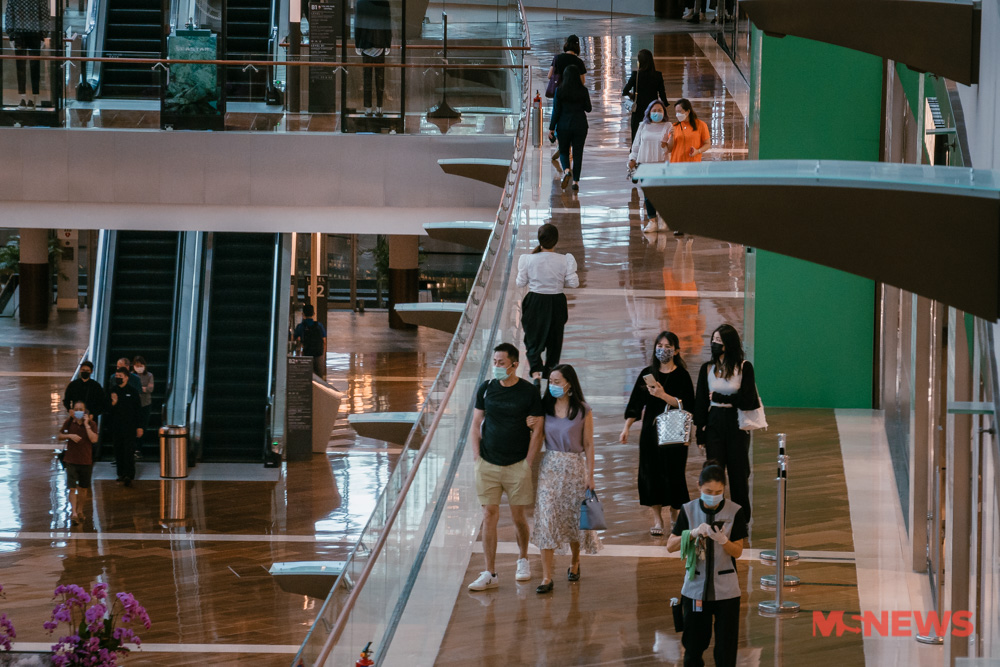
Map of hotspots to be on MOH website
Many have found the previously published list of places visited by cases useful, saying it allows them to be more cautious when visiting those locations.
 A comment on The Straits Times’ Facebook page on 30 Jun
A comment on The Straits Times’ Facebook page on 30 Jun
Source
Perhaps in response to this demand, a map of areas that have been frequented recently by a larger number of Covid-19 cases will be released on MOH’s website.
From 1 Oct, Singaporeans may consult the map to guide them on their movements and activities in public.
Monitor health, test yourself if you’ve visited hotspots
People who’ve been to these hotspots at the same time as the confirmed cases should monitor their health.
MOH also advised them to test themselves using Antigen Rapid Test (ART) kits, and do so regularly within the 10 days since their visit.
Additionally, they’re encouraged to minimise unnecessary interaction with others.
Close contacts & those exposed will be informed
However, if you’re a confirmed close contact of a case, you won’t need to check the map.
That’s because MOH would inform you of this.
If you’re not a close contact, but have been recently exposed to an area with increased spread, you’ll get a Health Risk Warning or Health Risk Alert.
MOH will make use of SafeEntry and TraceTogether data to get this information.
Regular self-testing encouraged
To detect cases early, MOH has encouraged the public to test themselves regularly, even if they’ve not visited any hotspots or received alerts.
This is also true if they’re unable to work from home or must attend school.
For example, they can use the free self-test kits distributed across Singapore before they visit crowded places like wet markets and hawker centres.
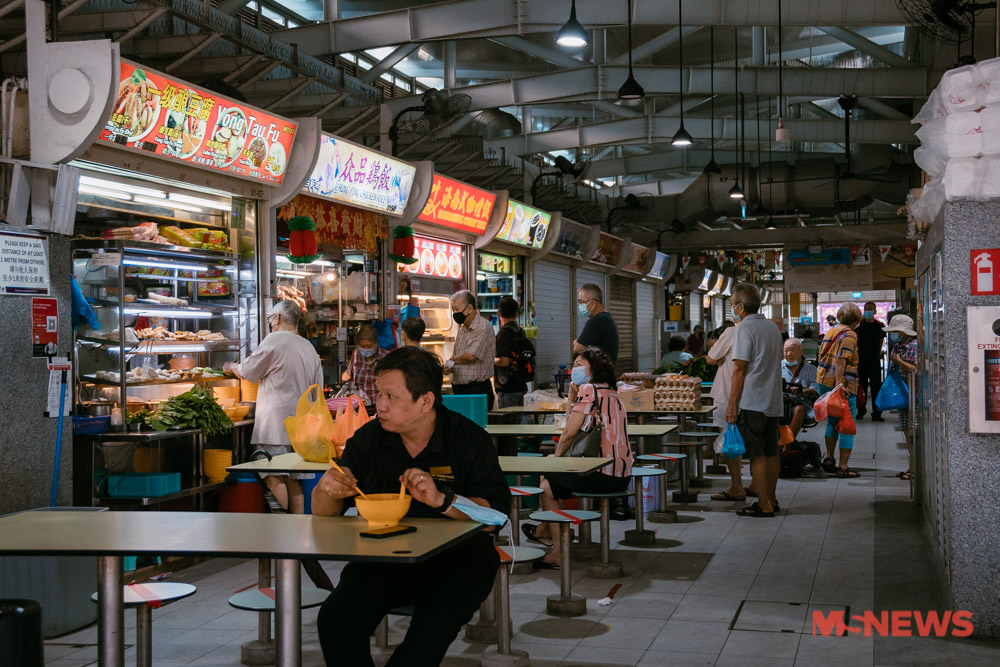
Before visiting vulnerable individuals like the elderly or children, it’s also advisable to take a self-test.
When we do this, we can self-isolate if we test positive, and protect those around us.
Knowing whether we’ve been exposed
Some may prefer to know where the hotspots are, but others may think it causes unnecessary panic.
However, more and more places will be visited by infected people, so retrospectively knowing where the hotspots are may at least alert us if we’ve been exposed so we can self-test.
We wish we could know where the infected people are in real-time, though that’s probably not possible.
Till then, do exercise caution in this difficult period and let’s hope to weather this latest storm together.
Have news you must share? Get in touch with us via email at news@mustsharenews.com.
Featured image by MS News.

Drop us your email so you won't miss the latest news.
